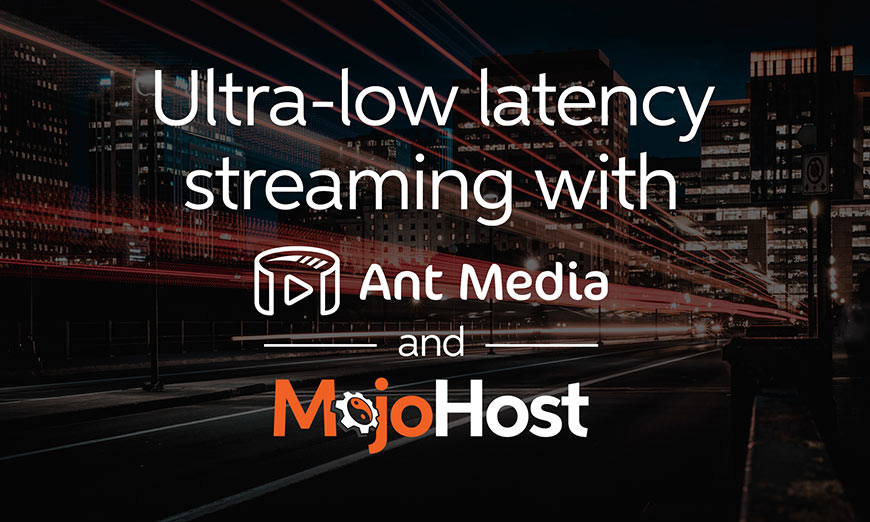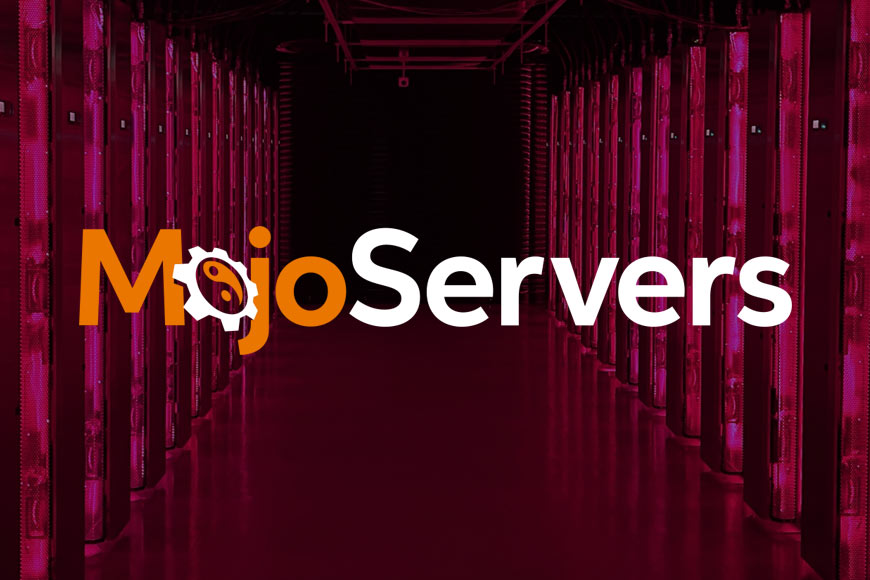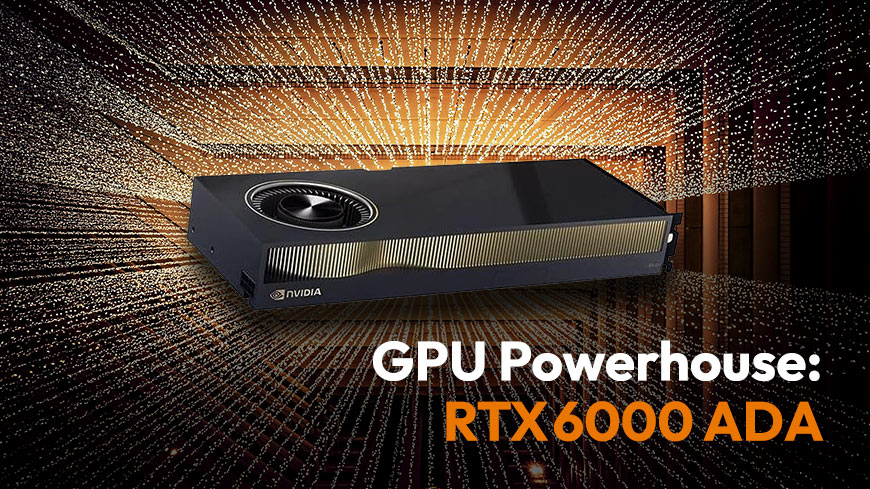Pulling our clients into the future At MojoHost, we believe…

Want to expand your audience and strengthen your online presence?
Wish to interact with your audience directly? Live streaming is a great tool to achieve these goals. Although some technicalities of low-latency live streaming may seem a bit daunting at first glance, live broadcasts will definitely turn into a piece of cake with a couple of very attractive and helpful solutions that we already have up our sleeve for you.
What we all need when it comes to streaming is quality. It means clear and smooth video, minimal buffering, and as few glitches as possible. No matter what is being streamed, ultimately all users will appreciate the sense of immediacy which comes with low latency. Even though a couple of seconds’ gap may be important and necessary in some cases, it is always better to have a solution that allows ultra-low latency in live streaming.
Not all streaming solutions are made equal, of course. Some will cost more or take up more resources, others will provide better quality, lower latency, or other important and useful features. Is it possible to find a solution that would combine as many positive features as possible, though? Yep, it is. And we are ready to deliver it to our customers – in partnership with Ant Media. Let’s dive in and learn what is under the hood!
Ant Media’s Key Distinction
Ant Media Server is a streaming engine software that provides adaptive, ultra-low latency streaming. This means clear and smooth video, minimal buffering, and a real-time experience delivered at sub 500ms latency. It uses WebRTC technology, and for users that are unable to stream WebRTC, backup low-latency HLS will deliver data in amazing quality with latency of 3-5 seconds. Its versatile and varied ingest capabilities make this solution a great choice for anyone looking to deliver smooth and low latency live streaming.
Ultra-low latency Live streaming using WebRTC
WebRTC is probably the most promising solution currently available that can deliver ultra-low latency – such that latency is measured in milliseconds. This revolutionary technology isn’t even all that new – it was developed nearly 10 years ago specifically for live communication, however, WebRTC has had very slow adoption rates. For many years, a technology called RTMP ruled in the market, but its drawback is that it utilized flash, which has become obsolete and is no longer supported by most browsers. Now that flash is dead, WebRTC is being supported by more and more devices and browsers.
The main downside of WebRTC is that the technology requires UDP connectivity – the User Datagram Protocol is not enabled by default on many older devices and networks, which accounts partially for the delay in WebRTC adoption. It is also why WebRTC can’t be used as the only solution, and it isn’t… because Ant Media provides a backup in the form of HLS.
HLS with Low Latency Has Your Back
HLS is an adaptive protocol based on HTTP and it is known well for its reliability and scalability. One of the most popular streaming solutions, it is supported widely as one of the standard means of streaming to mobile phones and tablets. It is also possible to use HLS for streaming to CDN that does not support RTMP in cases when low latency is not required. HLS is a good choice for safe streaming of corporate training and broadcasting via local networks, especially if the network condition is poor.
Until quite recently, this solution used to have a drawback, though, and this drawback was latency. While using this protocol, even a gigantic 45-second delay can reasonably be expected. It is clearly much too long for interactive streaming. With such a gap between the moment the video is captured and the moment it reaches viewers, we might even say it’s hard to call a stream truly ‘live’.
Why does this happen? Why is the latency so significant? This has to do with how HLS works. You see, HLS slices data into chunks that are squeezed through a channel to reach their destination where they reunite again. All this requires time, and so latency grows and grows. It is okay with one-way streaming and any passive broadcasting in general, and for most cases the advantages it provides are more important, namely the superb quality of video and sound, its scalability, and adaptability to different network conditions. Imagine, the quality of video broadcasting can reach 4K if low or ultra-low latency is not required!
HLS can be Optimized
When it comes to active online communication like conferences, game streaming, or esports, device control in real time (like drones, for instance, or PTZ cameras), however, low and ultra-low latency is essential.
How low can latency be? Well, it depends. While some live streaming providers employing legacy protocols for HLS or Dash may cause latency upwards of 45 seconds during their feed, that is obviously too slow for a live cam experience. Ant Media’s optimized solution can lower HLS latency to 3-5 seconds, and that tends to be quite enough to ensure quality interaction. This is what is called low latency HLS, and this is what can be achieved with the solutions provided by Ant Media for customers who can’t enjoy immediate delivery using WebRTC.
Advantages of Ant Media
In a nutshell, WebRTC provides cutting-edge, ultra-low latency while HLS provides a wholesome backup for cases when WebRTC is not supported. The range of advantages this combination provides creates a highly favorable solution:
- It is highly cost-efficient and very easy to deploy. With the 2-layer setup, just about any device will support it.
- No new infrastructure is required; it is absolutely possible to use standard servers, regular encryption methods, and authentication.
- It is versatile but immensely reliable. Streams can be created with several different quality settings enabling viewers to adjust the quality to their network connection at any specific moment.
- It is flexible and scalable and uses good old webservers with, optionally, CDN for delivery.
- It provides access to tags that allow the insertion of subtitles, captions, and tags.
With this robust set of advantages and the fact that the major drawback – latency – is either eradicated or minimized, this is by far the most effective streaming solution out there!
Good Mojo and Great Value
But that isn’t the best news of the day. The new partnership between MojoHost and AntMedia brings amazing discounts as well. Order your own Ant Media streaming server today and skip hosting fees for 3 months, paying only a discounted rate for the software license! The Enterprise Edition License which is offered at $89/month usually is discounted to $59/month! So, you can now get a production-ready installation of Ant Media with a suitable fully managed Virtual Machine at $59 for the first 3 months, and $149/month going forward. No tricks, no long-term contracts – cancel any time with 30 days’ notice, and enjoy the Good Mojo and tremendous value!
Order the turnkey solution here.




